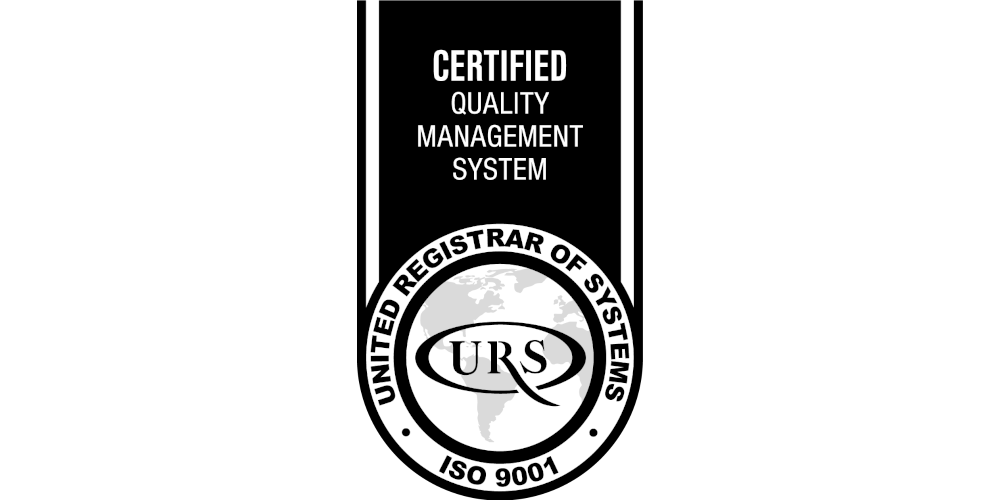The realm of clinical trials is where medical hypotheses are rigorously tested against the unforgiving yardstick of empirical evidence. These trials are the lifeblood of medical innovation, shaping the future of healthcare by validating the efficacy and safety of new treatments and drugs. The integrity of clinical trial data is the cornerstone of this scientific pursuit. Ensuring this integrity demands a meticulous approach to tracking and documenting every data point through audit trails and data traceability, the twin sentries of clinical research.
The Critical Role of Audit Trails
An audit trail is the custodian of data fidelity, a comprehensive and inviolable record that captures the who, what, when, and where of each datum within a clinical trial. It’s an electronic chronicle that spans the entirety of the study, preserving the sequence and specifics of every data interaction. These records are the detectives in the world of clinical data, unraveling the story behind each entry to ensure its credibility. For example, should a participant’s response to a medication appear anomalous, the audit trail allows investigators to peel back the layers of data entry and verification, revealing the integrity of the finding or exposing errors and misconduct.
The Imperative of Data Traceability
Data traceability ensures that each datum has a clear and traceable lineage, offering proof of its journey and transformations. It’s a fundamental requirement that enables stakeholders to follow the data from the initial entry, through various analyses, to the ultimate results reported in study findings. Traceability is what allows for a result to be dissected and its genesis understood and verified. In a scenario where a trial concludes that a new medication significantly lowers blood pressure, traceability enables a backtracking of the outcome to the individual patient records, confirming that the reported data reflects true measures taken under proper protocol conditions.

Symbiosis of Audit Trails and Data Traceability
Audit trails and data traceability are interdependent, each reinforcing the other. Audit trails provide the narrative detail, the granular logs of action and actor, while data traceability offers the ability to follow the data’s path through the clinical trial’s lifecycle. Their symbiotic relationship creates a formidable defense against data tampering, ensuring the study’s findings are built on a foundation of verifiable facts. This partnership is essential not only for upholding scientific standards but also for maintaining public trust in the research process and the treatments it brings to market.
Regulatory Compliance and Ethical Mandates
The landscape of clinical trials is governed by an intricate web of regulatory requirements and ethical mandates. Agencies such as the FDA in the United States, the EMA in Europe, and others globally impose stringent guidelines to ensure patient safety and data integrity. Good Clinical Practice (GCP) standards, which are internationally recognized, explicitly require the establishment and maintenance of robust audit trails and full data traceability. These regulations are not static; they evolve to address new challenges and technologies, necessitating that researchers and trial sponsors remain perennially vigilant and adaptive. Non-compliance is not an option, as it can lead to severe consequences, including the invalidation of trial results and loss of public trust.
Technological Enablement and Best Practices
A host of advanced technological solutions are available to researchers to support the creation and maintenance of audit trails and ensure data traceability. These range from cutting-edge electronic data capture (EDC) systems to comprehensive clinical trial management systems (CTMS, QCTMS), which are engineered to automate and streamline the capture, storage, and reporting of trial data. However, technology alone is not a panacea. It must be underpinned by a culture of best practice that includes rigorous standard operating procedures (SOPs), continuous staff training, and a commitment to quality control and quality assurance. Practices such as role-based access, encryption, real-time data monitoring, and the use of audit logs are essential for detecting discrepancies and ensuring that every data point is an artifact of truth.
Conclusion
The importance of audit trails and data traceability in clinical trials cannot be overstated. They are not mere bureaucratic requirements but the very mechanisms that ensure the integrity of the data upon which life-changing medical decisions are made. Doubling down on the commitment to these principles is essential for the advancement of medicine and the collective pursuit of health. Engaging deeply with these concepts is a call to action for all involved in clinical research.






